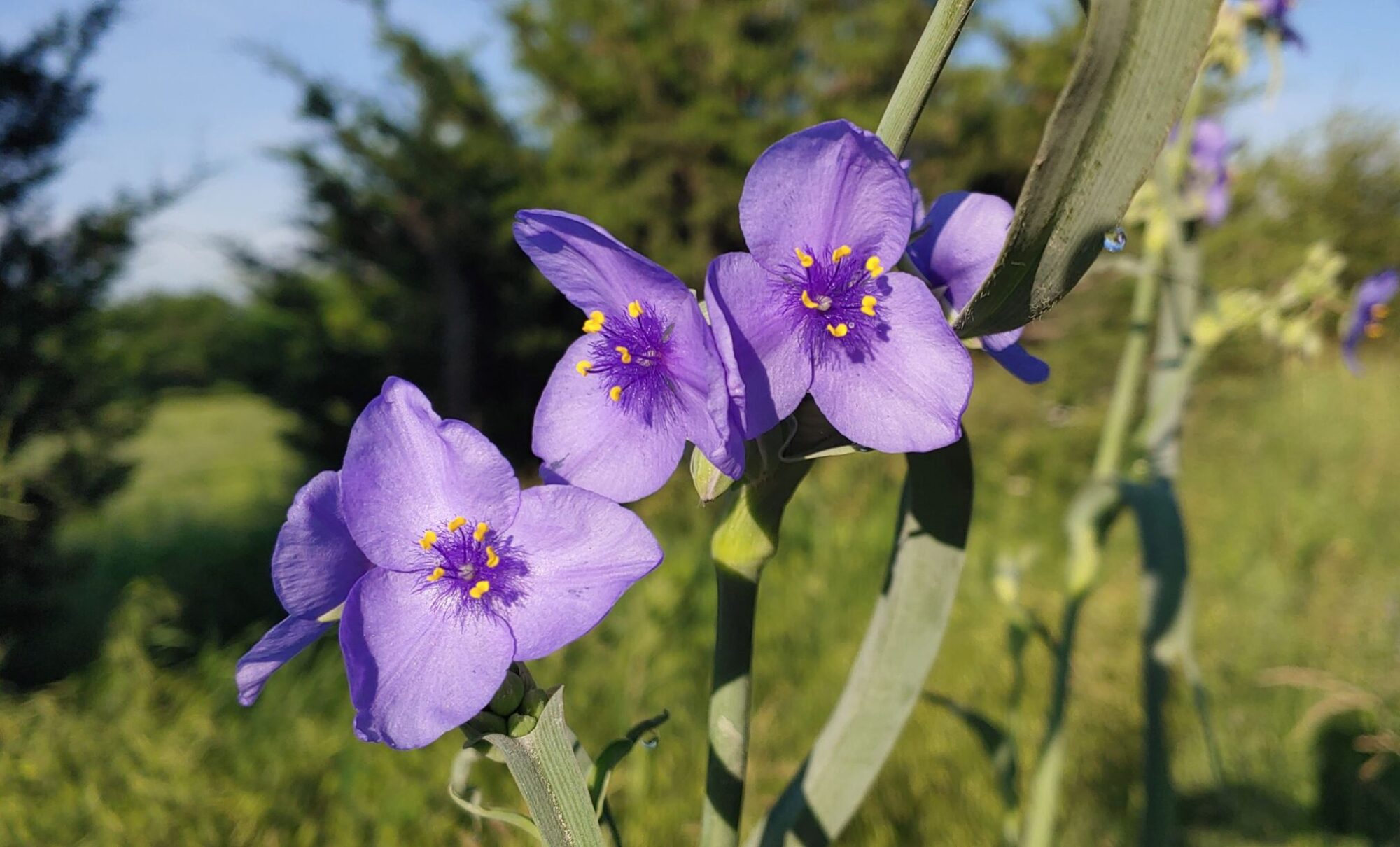If you’ve never had it, you’ve probably heard of it, Elderberry syrup is almost the stuff of legends. And for good reason.

Elderberries have immune enhancing properties and strong antiviral properties that are helpful in preventing and shortening the life of viral infections like the flu and shingles.
They’re also good for upper respiratory infections and can help alleviate allergy symptoms.
This is one of those easy “insurance policies” (and one that tastes good too) to help keep you well during cold and flu season.
I won’t tell you it will prevent you from getting sick, but I will tell you IF you get sick the symptoms will be less severe and the duration will likely be a much shorter length of time.
Berry hunting
My husband had several places we’ve been watching since elderberries flowered in the late spring and early summer, just waiting for the berries to come on.

So last weekend we decided it was time. We went to the spots we’d been watching, took a large paper bag, some utility scissors and picked berries.
And we picked a lot of berries. We got a little over 3 pounds.
I’ve made elderberry syrup from concentrate before because I’ve not been able to get the berries from anyone. That worked great too, but I wanted to use real berries.
The places where I buy my herbs from were sold out of the dried berries and I don’t have another place to get fresh ones from.
Elderberries make a really great syrup. I’ve heard of people making a great jelly or jam from them too. I’ve not done that yet, but I do plan on trying it someday.

I’ve made this syrup several years running now. And, while I have caught a cold about once a year, I’ve not caught the flu.
I don’t do flu shots (shots aren’t an option for me.)
When I did catch a cold, I didn’t take any over the counter cold remedies. I just drank my teas and took my elderberry syrup and it was still gone in less than a week.
I’m a big believer that when my body says stay home and rest, I do it. I truly believe that’s a big part of getting well too.
Back to the elderberry syrup.
Now, I’m excited to see how much syrup I can get out of the 3 pounds of berries we picked.

For your basic recipe you actually only need elderberries, water and honey. That’s it.
You can add other herbs or spices, based on your taste and desires, if you want. But for a basic syrup, these 3 ingredients are all that’s necessary.
For this recipe I added cinnamon and ginger root. You could add cloves if you wanted to.
Elderberry Syrup Recipe
Ingredients
- 1 cup fresh elderberries or 1/2 cup dried elderberries
- 3 cups water
- about a half inch of ginger root (more or less if you like)
- 1/2 stick cinnamon (more or less)
- About 1 cup of honey or to your preferred taste.
Instructions
Add elderberries, and your herbs and spices (except the honey), to the 3 cups of water in a sauce pan, bring to a boil, then reduce heat and simmer on low for 30-40 minutes.


Turn off your heat and mash the mixture with a potato masher.

Stain through a cheese cloth and remove all the plant and spice material. You can add all this material to your compost pile.
At this point, if you wanted a tastier syrup, you could reduce this liquid a little, up to half.
Let the liquid set until just warm. Then add your honey and stir until dissolved.

You don’t want to add your honey to a hot mixture. You don’t want to add the honey to anything above about 100 degrees (less heat is better) or you’ll destroy that benefit it provides. (I’ll cover that in a separate post.)

It will dissolve pretty easy with a luke warm mixture.
Now bottle your syrup and put it in the refrigerator. Take a teaspoon or 2 everyday.
I’m taking about a half a shot glass in the mornings. That’s easy to measure and I’m less apt to spill it.

This recipe made almost 4 cups of syrup. That will be more or less depending on how much honey you add. This was really sweet, so I could have gone with a less honey. Maybe just 1/2 cup next time.
Best part is it’s an herbal recipe that really tastes good and the grandkids like it too. Can’t beat that.
If you’ve ever made elderberry syrup, I’d love to know what spices you used.
Do you know someone who could benefit from having a little of this in their fridge this winter? Share this post with them. They’ll be happy you did.
Until next time –
Health, Wealth & Blessings ~ Tracey




































